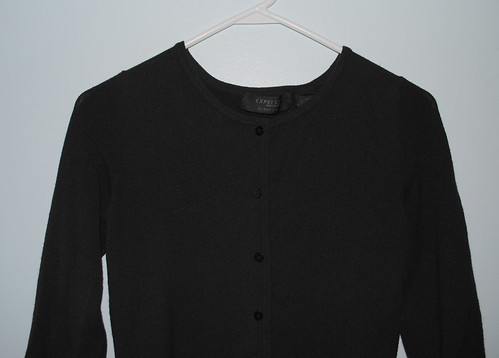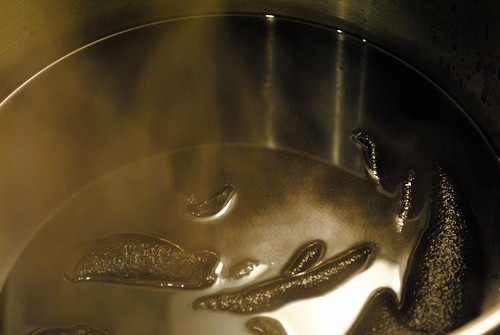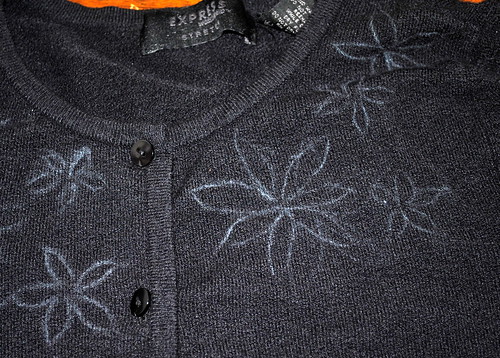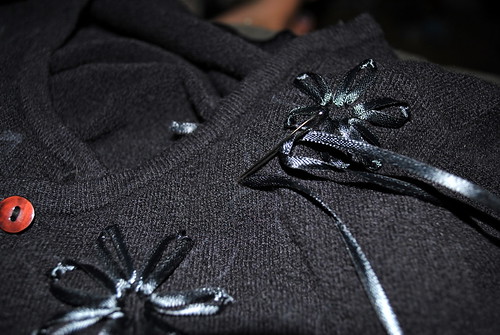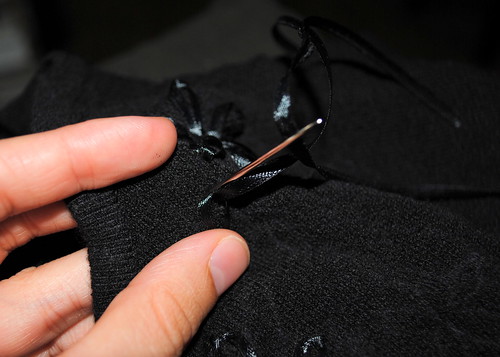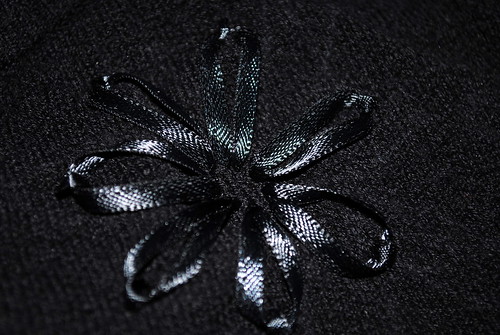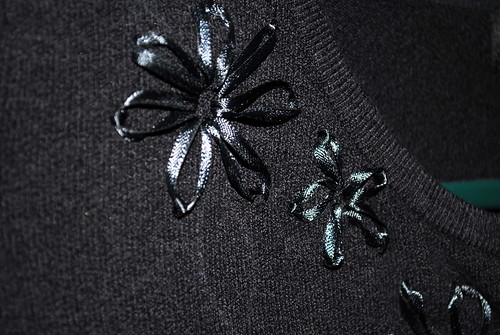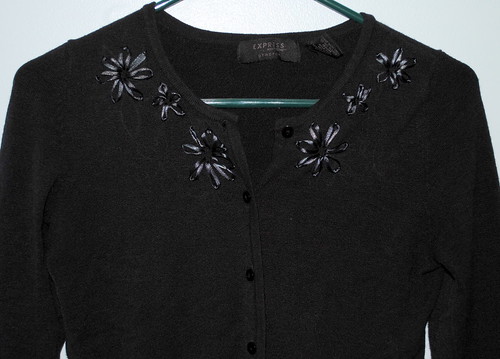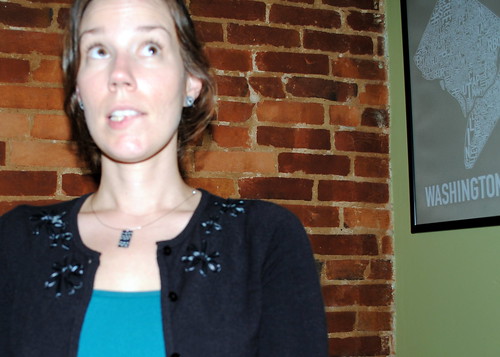Painted Clementine Box
/It took me forever to give clementines a chance. I've always hated tangerines (still do), and clementines looked way too much like tangerines for my comfort. But one day at work many jobs ago, a coworker offered me a clementine when I said I was hungry and had forgotten to bring an afternoon snack. I didn't want to be rude, so I took it. Of course, it was amazing.
Now when clementines are in season, I eat at least two of them every day. Maybe four. It depends on how snacky I am and how sweet the particular batch I got is. Some days I feel like they're the only positive element of winter - that and getting to wear chunky sweaters.
Every now and then I buy them in one of those orange netted bags, but usually they're in a wooden box. By the end of the winter, I've thrown away perhaps a dozen of them. They're not recyclable (at least not here), and I feel terrible about it. So I've started to put them to use as storage containers.
I had a perfect spot for one at the bottom of the new multi-shelf floor lamp in my studio, but it needed to look pretty. So I did a quick paint job, and now it's holding all of my stamping supplies (of which I have a surprising amount) and looking good doing it.
You may have noticed a theme with my craft projects. For the most part, easy is the name of the game for me. It's not that I don't love more involved projects. It's just that I have a hard time finishing them - they're all in partially completed form in rubbermaid containers in the closet. Whoops.
No need to put this one away for later. You can finish it in an hour, tops. And most of that time is waiting for the paint to dry.
Materials
Clementine box
2 bottles of craft paint in coordinating colors
paint brush
painters tape
1. Tape diagonally from corner to corner across each side of the clementine box to mark off the bottom section of the box.
2. Paint the taped off bottom section with your first paint color. I chose a metallic gold.
3. Once that has dried, remove the tape and then tape again across the straight line of that gold paint from corner to corner to mark off the top section of the box.
4. Painted the taped off top section with your second paint color. I chose a soft purple.
5. Once that has dried, remove the tape and voila!
Note: You could paint the box all over, then tape off the bottom section and paint that in the coordinating color to save yourself the effort of taping twice. But since the taping doesn't take much time and cuts down on the amount of paint I use, I went that route.
It fits perfectly on that last shelf of my new lamp and corrals all my stamps and ink pads, which had previously been floating around in a giant bin that had a random assortment of crafty things. Organization win!
p.s. That crocheted bag. The sewing machine. The needlepoint save the date.
Like what you just read? Share it with a friend! You can also follow ktmade on Twitter, Facebook, or Instagram so you'll never miss a post. And you'll earn my undying affection!


























































































